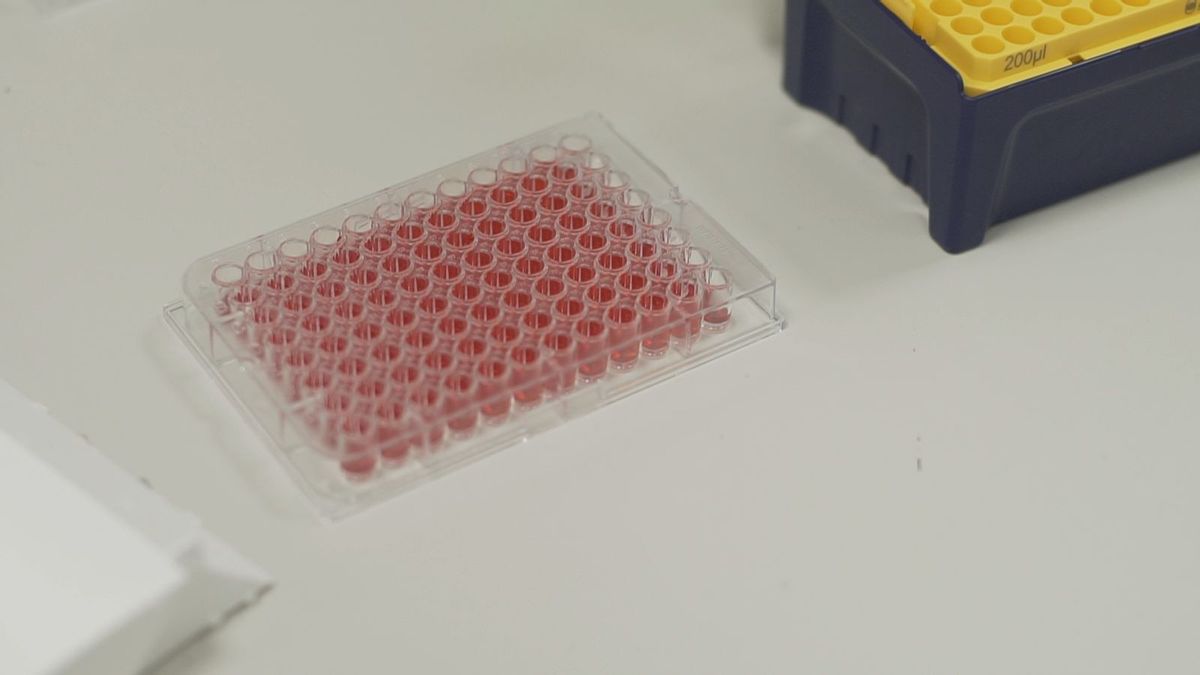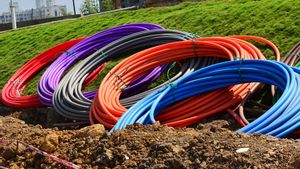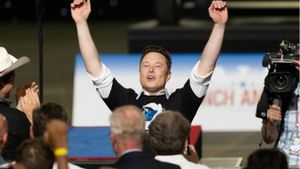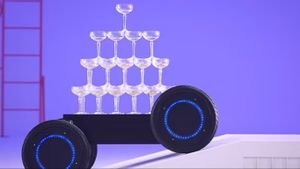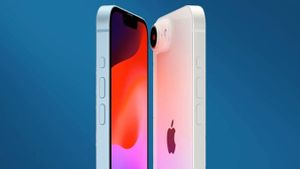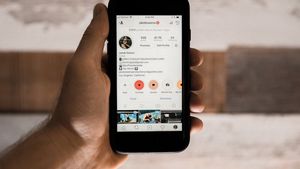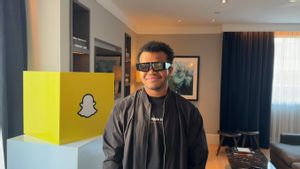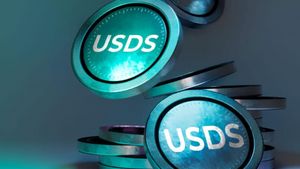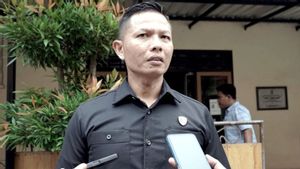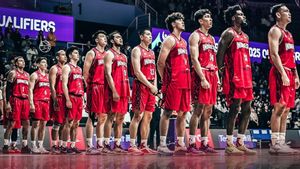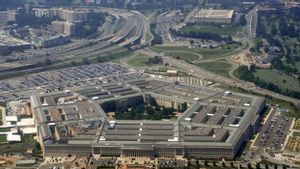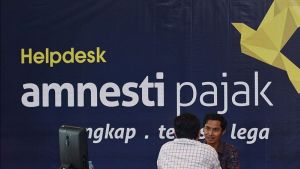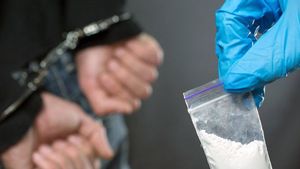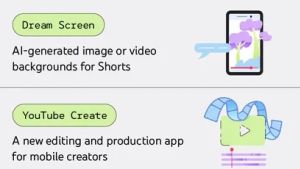JAKARTA - The International Space Station (ISS) will receive human muscle cells, which will be used as experiments to help find ways to make people live longer and healthier lives.
The study, dubbed MicroAge, will be launched to the ISS aboard SpaceX's Falcon 9 rocket, from the Kennedy Space Center in Florida on Tuesday, December 21.
Later, the laboratory space at the ISS will be used to grow human muscle cells the size of a grain of rice and put them into small 3D-printed containers the size of a pencil sharpener. This research will understand what happens to human muscles as we age and what causes it.
These muscle cells will be stimulated electrically to induce contractions in the tissue. For astronauts spending time without the effects of gravity can cause their muscles to become weaker, as they do in old age, before recovering when they return to Earth.
Researchers from the University of Liverpool will analyze the samples when they return to Earth in January 2022, comparing them to experiments on Earth. They hope this will solve the puzzle of why muscles get weaker with age and look for ways to prevent the process.
"We have known for a long time that astronauts in space can lose muscle quickly. People have speculated whether it is a phenomenon of accelerated aging. We realized a while ago that astronauts on the ISS had a similar problem, every astronaut who was on the ISS exercised at least 2.5 hours every day," said Professor Malcolm Jackson, from the University of Liverpool to Sky News quoted by VOI, Monday, December 20.
SEE ALSO:
"Nevertheless, they lost quite a bit of muscle and could in fact walk for a while after they returned to Earth."
For information, human muscles lose mass and strength with age and this can affect a person's ability to perform daily tasks, causing a variety of problems, including an increased risk of falls and longer recovery times from injury.
To ensure muscle cells survive potential temperature changes, vibrations during launch, the researchers entrusted Oxfordshire-based Kayer Space to design and build the hardware for the experiment. Plus, a mission patch of 24 muscle cell containers designed by children participating in a competition organized by the University of Liverpool.
The English, Chinese, Japanese, Arabic, and French versions are automatically generated by the AI. So there may still be inaccuracies in translating, please always see Indonesian as our main language. (system supported by DigitalSiber.id)
